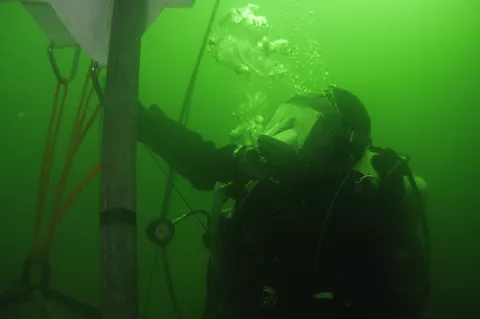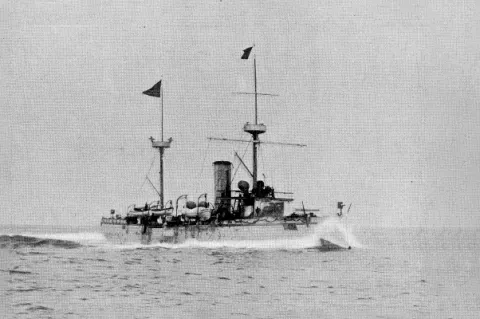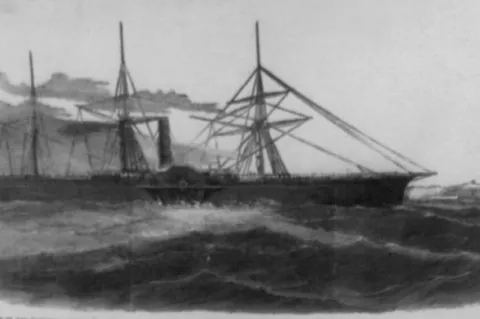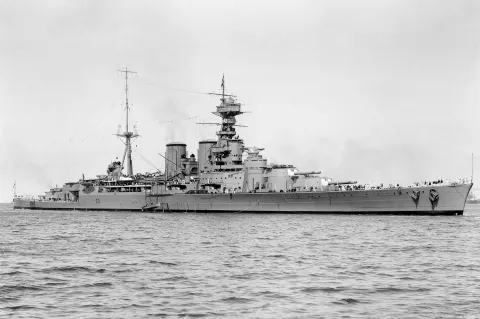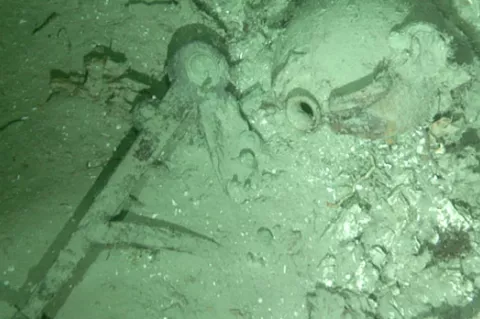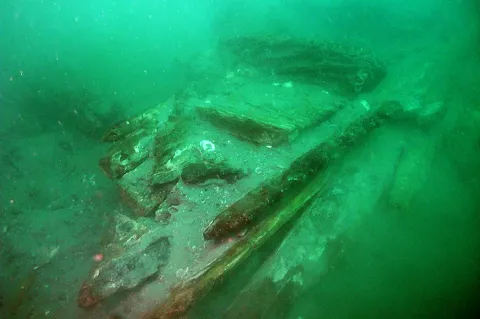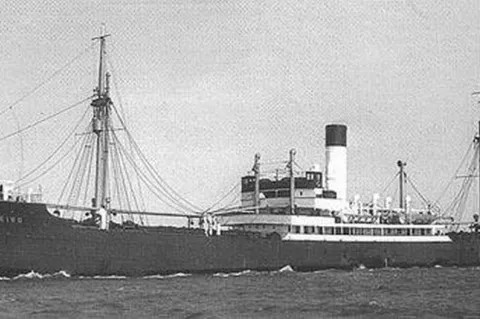Maritime Archaeology Program at University of Southern Denmark
In 2006, a postgraduate program in maritime archaeology was established at the University of Southern Denmark. Based in Esbjerg, on the west coast of the Jutland Peninsula in southwestern Denmark, it is a one-of-a-kind university program in this centuries-old seafaring nation. The program is designed for students who want to pursue a professional career in maritime archaeology and heritage management.

